The Sorsan Wildlife Sanctuary is a hidden treasure covering more than 41 square kilometres. Birdwatchers will find paradise here with different bird species, including the endangered Great Indian Bustard. The sanctuary’s verdant grasslands and tranquil water bodies create a setting for diverse wildlife, making it an ideal spot for nature enthusiasts and photographers. Whether you crave a getaway or an exciting adventure, Sorsan promises a memorable experience. Plan your trip today and immerse yourself in the breathtaking natural beauty of Sorsan Wildlife Sanctuary!
Sorsan Wildlife Sanctuary Location
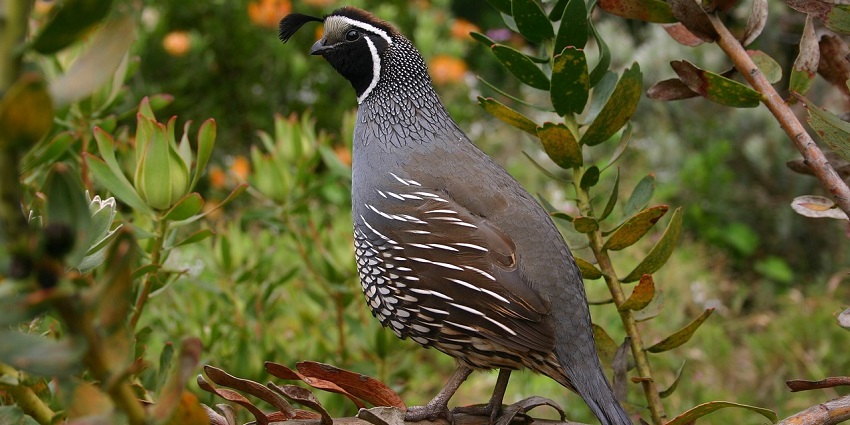
Photo: echels / Pixabay / Image For Representation Only
Sorsan Wildlife Sanctuary, in the Baran district of Rajasthan, covers an area of roughly 41 square kilometres. It is positioned close to the village of Sorsan, which is approximately 50 kilometres away from the district’s main town, Baran. Getting to the sanctuary by road is convenient, with Kota being the nearest city located around 65 kilometres away.
Suggested Read: Guide To Sujangarh Fort
How To Reach Sorsan Wildlife Sanctuary
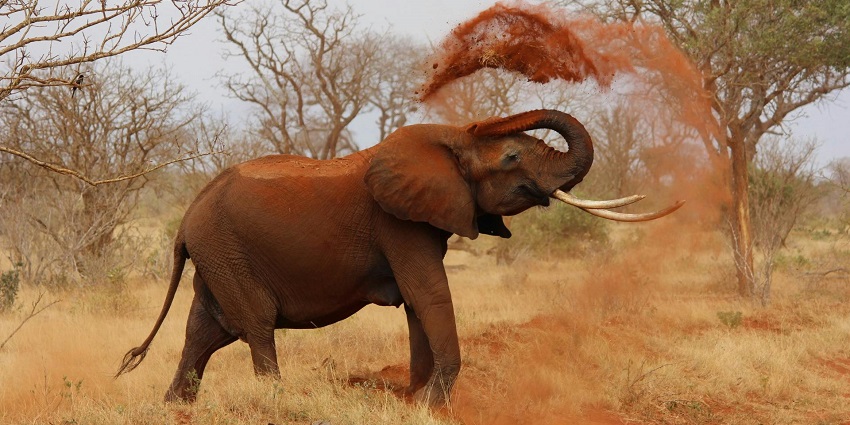
Photo: Pixabay / Pexels / Image For Representation Only
There are multiple ways for travellers to get to the Sorsan Wildlife Sanctuary in Rajasthan, including road travel and air travel.
By Road: Travelling by road to Sorsan Wildlife Sanctuary is a convenient option. Situated close to Baran town, the sanctuary is easily accessible via highways. To reach it from Jaipur’s capital city, you can follow NH52 towards Kota.
By Train: If you prefer to take the train, Baran Railway Station is the closest station to Sorsan Wildlife Sanctuary. Baran has good train connections with cities such as Jaipur, Kota, and Delhi.
By Air: The closest airport to Sorsan Wildlife Sanctuary is Jaipur International Airport, which is approximately 300 kilometres distant. Jaipur has good connectivity with cities in India and various international locations. Upon arrival at the airport, you can easily book a taxi or rent a car to reach Baran.
Places To Visit Near Sorsan Wildlife Sanctuary
Situated in the core of Rajasthan Sorsan Wildlife Sanctuary, it serves as a doorway to a host of attractions in the vicinity that will enhance your journey.
1. The Ramgarh Bhand Devra Temple
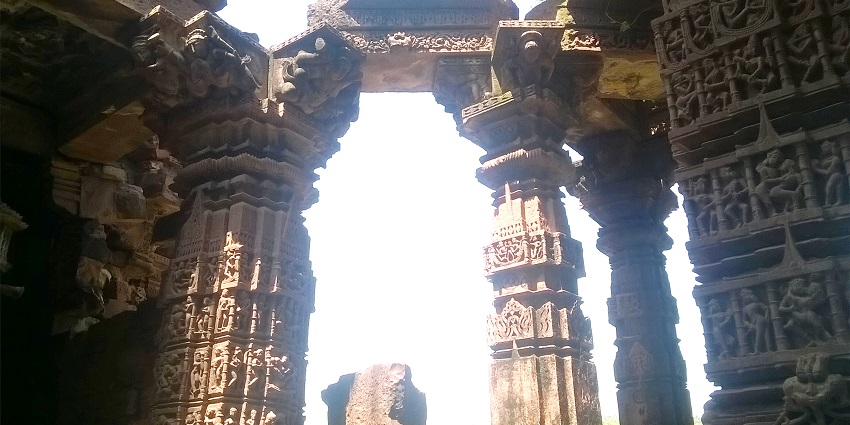
Photo: Bhubaran(Bhupendra Kumar Bairwa) / Wikimedia Commons
Nestled amidst the tranquil beauty of the Baran district in Rajasthan, the Ramgarh Bhand Devra Temple, often dubbed the Khajuraho of Rajasthan, boasts intricate carvings and stunning sculptures reminiscent of the architectural splendour of the Chandela dynasty. This temple dedicated to Lord Shiva, one of Hinduism’s deities, features a magnificent Shiva Lingam in its sanctum sanctorum, attracting devotees from near and far.
Entry Fee: ₹20 for Indians and ₹100 for foreigners
Timings: Opens throughout the day
Suggested Read: Places To Visit In Bharatpur
2. Shahabad Fort
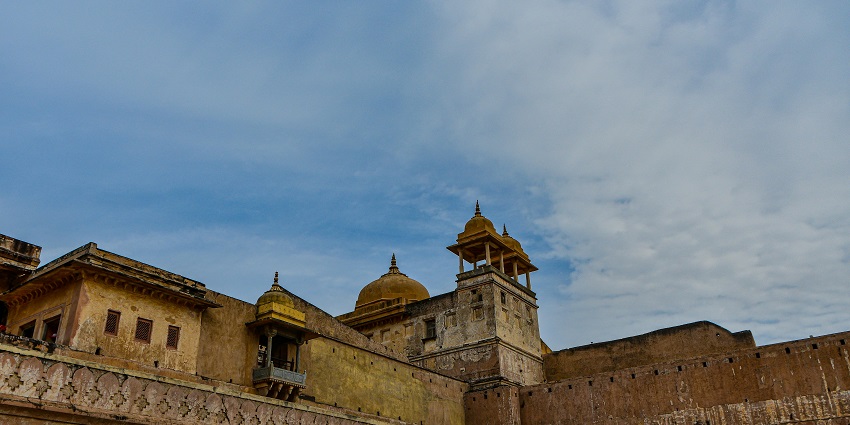
Photo: Sid Dalal / Pexels / Image For Representation Only
Shahabad Fort, built in the Baran district of Rajasthan, is a remarkable historical site constructed in 1521 by the Chauhan ruler Mukutmani Dev. Tucked away among the lush hills of the Vindhyas, this fort is famous for its sturdy architecture and strategic layout. The fort’s towering walls and bastions highlight its strength, while the detailed carvings and age-old temples found within its grounds display the artistic excellence of that period.
Entry Fee: Free
Timings: 7 AM – 8 PM
3. Sitabari
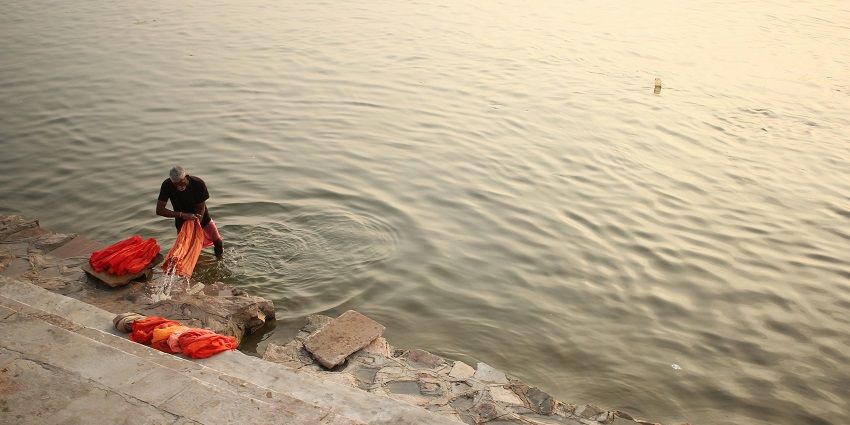
Photo: Ashish Kumar Pandey / Pexels / Image For Representation Only
Sitabari, in the Baran district of Rajasthan, holds significance as a pilgrimage destination tied to the legendary Ramayana. According to tradition, it is believed to be where Sita, the spouse of Lord Rama, resided during her time in exile. The location boasts kinds of water tanks, like Sita Kund, Laxman Kund, and Surya Kund, that are regarded as holy. Each year the Sitabari Fair draws in numerous devotees who flock to immerse themselves in these sacred waters.
Entry Fee: Free
Timings: Opens all day
Suggested Read: Places To Visit In Jaisalmer
4. The Kakuni Temple Complex
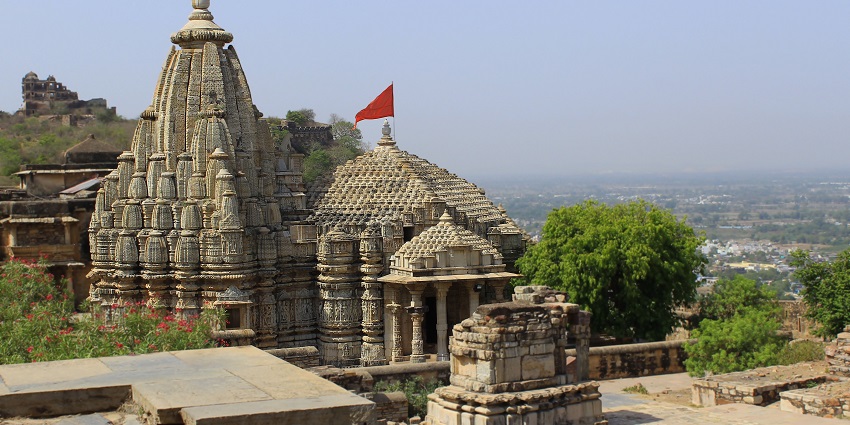
Photo: Sucheta Nag / Wikimedia Commons / Image For Representation Only
Built in the Baran district of Rajasthan, the Kakuni Temple Complex is a hidden treasure. This ancient site dating back to the 8th century showcases architectural splendour with its intricately carved stone temples. Within the complex, there are several shrines dedicated to Hindu deities such as Shiva, Vishnu, and Ganesha. The temples feature sculptures that depict stories and celestial beings. Despite its historical importance, Kakuni remains relatively undiscovered, providing a peaceful and spiritual escape for those who visit.
Entry Fee: No Free
Timings: 8 AM – 6 PM
5. Kanya Dah
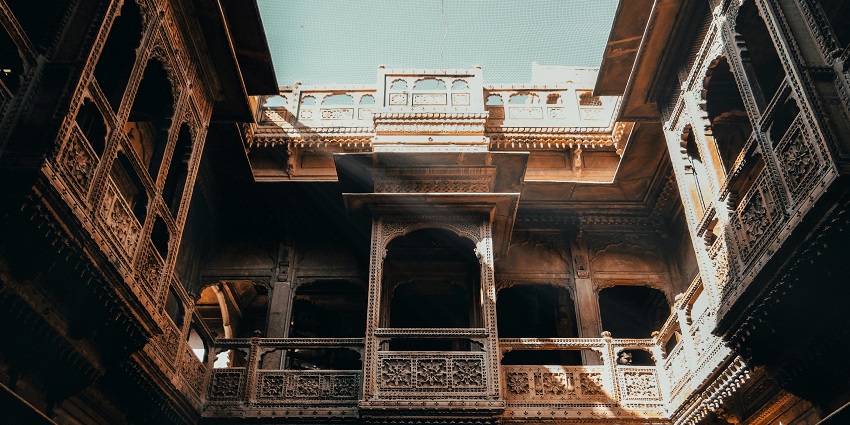
Photo: Sharad Bhat / Pexels / Image For Representation Only
Kanya Dah, in Bilas Garh, holds significance in terms of history and culture. Once a thriving community, its ruins tell stories of past glory and local folklore. The name “Kanya Dah” brings to mind tales of bravery and selflessness, tied to a sorrowful incident where young women opted for death rather than disgrace. Nestled amidst lush landscapes, this place provides a tranquil retreat for both history enthusiasts and nature lovers. Visitors often explore the remains of structures, contemplating the rich traditions and touching stories woven into the fabric of this ancient site.
Entry Fee: ₹20 for Indians and ₹100 for foreigners.
Timings: 24*7
Suggested Read: Places To Visit In Jhunjhunu
Where To Stay

Photo: davidlee770924 / Pixabay / Image For Representation Only
When planning a trip to Sorsan Wildlife Sanctuary in Rajasthan, you might want to consider the RTDC Hotel Bhilwara for a comfortable stay and convenient access to the sanctuary. Another option is the Hotel La Abode in Kota, which offers amenities and a great location for exploring the area. If you’re looking for a blend of heritage and luxury, the Hadoti Palace in Bundi promises an experience that will leave a lasting impression.
Where To Eat

Photo: Niranjan.gohane / Wikimedia Commons / Image For Representation Only
When it comes to dining, Chokhi Dhani in Kota serves up an authentic Rajasthani feast with classic dishes like dal Baati Churma and Gatte ki sabzi. If you’re in Bhilwara, the Amar Punjabi Dhaba is a spot for hearty North Indian fare featuring tandoori delights and rich curries. For a dining experience, the Baradari Restaurant in Bundi offers a fusion of Indian and continental cuisine set against a backdrop.
Suggested Read: Places To Visit In Neemrana
Best Time To Visit
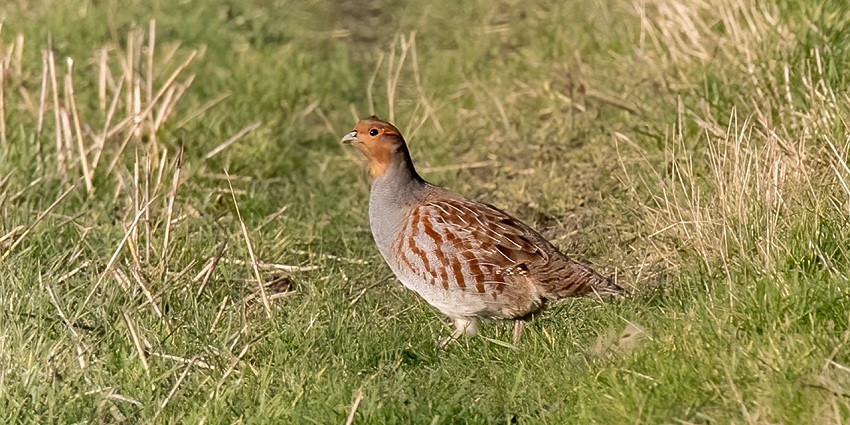
Photo: TheOtherKev / Pixabay / Image For Representation Only
The best time to visit Sorsan Wildlife Sanctuary in Rajasthan is between November and February when the weather is at its best for wildlife and nature enthusiasts. With temperatures ranging from a cosy 10°C to 25°C, this season provides a climate for sanctuary adventures. Moreover, winters mark the breeding season for animals, allowing visitors to witness intriguing behaviours and interactions.
Other Factors To Consider

Photo: jarmoluk / Pixabay / Image For Representation Only
Average Cost Of Trip
The main expenses come from transportation, lodging, entrance fees, meals, and any guided tours or activities. On average, a round-trip journey from a major city such as Delhi to Sorsan could cost ₹5,000 for travel. Accommodation prices vary between ₹1,000 and ₹3,000 per night based on the type of stay. Entry fees and guided tours may add an additional ₹1,000 to the total. Food and miscellaneous costs are estimated at approximately ₹1,500 daily.
Tips For Travellers
- Consider visiting during the months (October to March) for a more pleasant experience.
- Reserve your accommodations ahead of time to secure rates.
- Engage a guide to enrich your wildlife spotting adventure.
- Bring along binoculars and a quality camera for enhanced wildlife viewing and click photos at Sorsan Wildlife Sanctuary.
- Adhere to the sanctuary rules to ensure the safety of both visitors and wildlife.
Suggested Read: Places To Visit In Ranthambore
Sorsan Wildlife Sanctuary is a treasure trove that showcases a harmonious mix of diverse wildlife and scenery. With its rich array of plant and animal life, including the critically endangered Great Indian Bustard, it offers a unique experience for nature lovers and wildlife photographers alike. Take a chance to observe species in their surroundings. Don’t miss out on exploring the beauty of Sorsan Wildlife Sanctuary with TripXL!
Cover Photo: xeppo / Pixabay / Image For Representation Only


 WhatsApp
WhatsApp
 Twitter
Twitter









